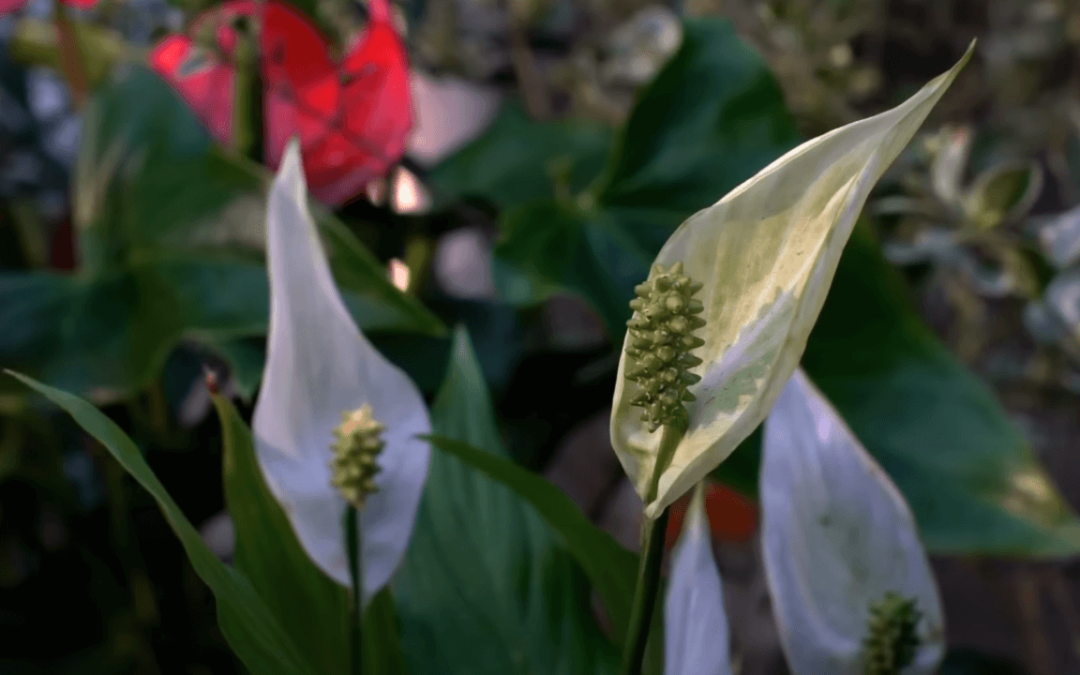Peace Lilies (Spathiphyllum) are esteemed houseplants celebrated for their elegant white flowers and exceptional air-purifying capabilities. These plants originate from the tropical realms of Central and South America and have become a beloved choice for indoor settings owing to their remarkable adaptability to low light conditions. Peace Lilies possess the remarkable ability to thrive and flourish even in areas where natural light may be limited.
One of the key attributes of Peace Lilies is their capacity to effectively remove harmful toxins from the air. Studies have demonstrated their proficiency in purifying indoor environments by actively absorbing and neutralizing various pollutants, thus enhancing the overall air quality. These plants prove to be an ideal selection for individuals seeking to create a healthier living or working environment, as the presence of Peace Lilies can contribute to a cleaner and more refreshing atmosphere.
Additionally, the aesthetic appeal of Peace Lilies is highly valued. Their graceful white flowers add a touch of elegance and natural beauty to any indoor space, creating a visually pleasing ambiance. Whether placed as a focal point or as part of an ensemble, Peace Lilies have the ability to enhance the aesthetic quality of their surroundings, exuding a sense of tranquility and charm.
Peace Lilies stand as a commendable choice for indoor greenery from the perspective of an arborist. With their captivating white flowers and proven ability to purify the air by eliminating harmful toxins, these plants combine beauty and functionality effectively. Their resilience in low-light conditions further enhances their appeal, allowing them to thrive and flourish in a variety of indoor environments. As a result, Peace Lilies are a favored option for individuals seeking both aesthetic enhancement and improved air quality within their homes or offices.
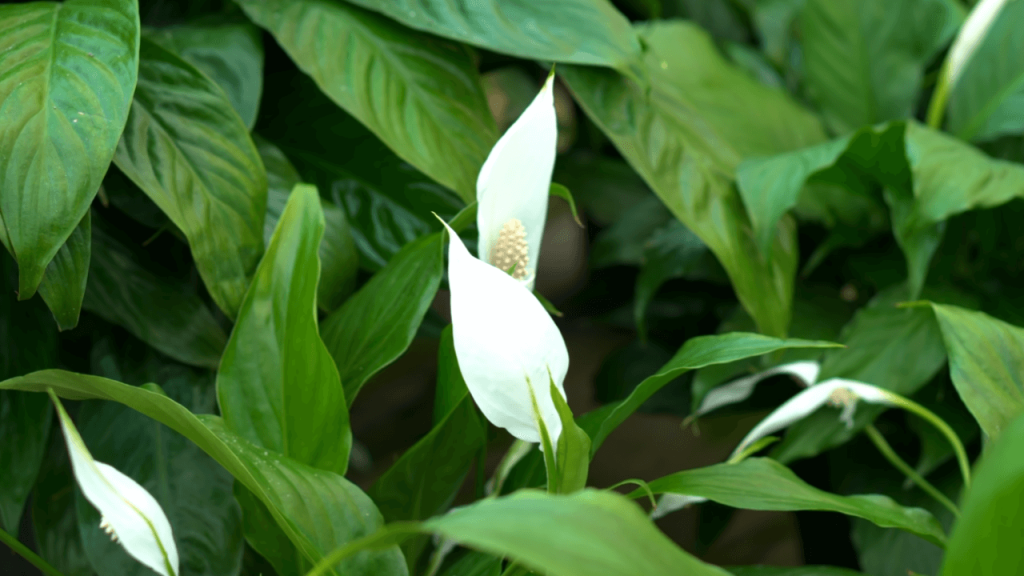
Health Benefits of Peace Lilies
- Air-Purifying Properties:
- Peace Lilies are highly effective in filtering out harmful toxins such as formaldehyde, trichloroethylene, and benzene.
- Common household items like paints and synthetic fibers often emit these toxins.
- Humidity Regulation:
- They release moisture into the air through transpiration, improving indoor humidity levels.
- This is especially beneficial in air conditioning or heating environments, where air can dry excessively.
- Psychological Benefits:
- The presence of Peace Lilies in indoor spaces is known to reduce stress and enhance mental well-being.
- They help lower anxiety levels, boosting attentiveness and productivity.
- Their green foliage and white flowers provide a soothing effect and a connection with nature, often missing in urban settings.
- Ideal for Indoor Environments:
- Peace Lilies are easy to maintain and adapt well to indoor conditions.
- They are perfect for anyone looking to improve their living or working spaces with a touch of nature.
How to Care for Peace Lilies
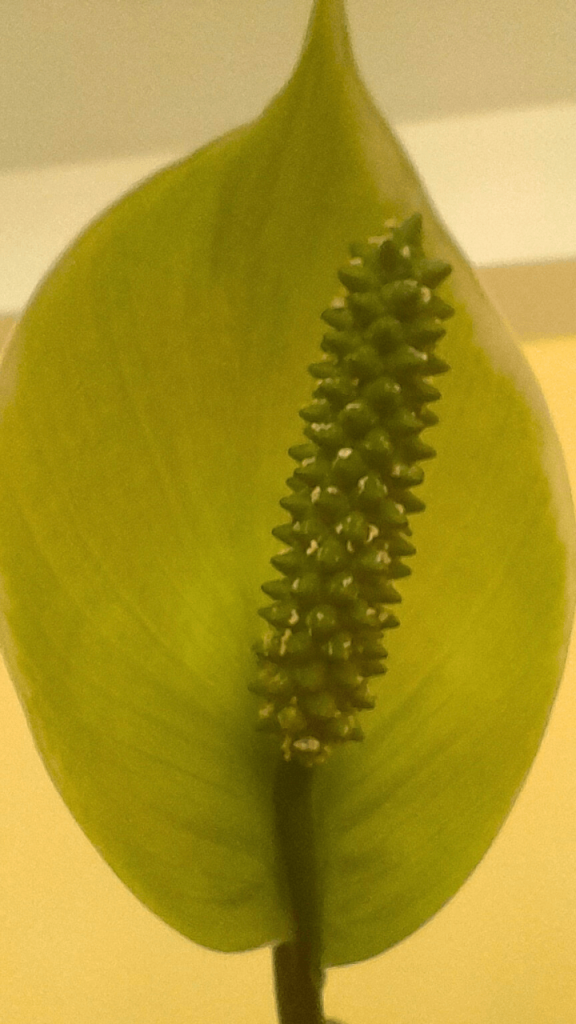
Peace Lilies, with their exquisite foliage and delicate blooms, necessitate a measured approach to watering. These plants thrive when their soil is moderately moist, but not overly saturated. It is advisable to water them when the top inch of soil feels dry to the touch, indicating the need for moisture replenishment. Striking the right balance is essential, as excessive watering can lead to root rot, while insufficient watering can cause the leaves to wilt. Furthermore, it is important to ensure that the plant is not left sitting in water for extended periods, as this can have adverse effects on its health. By adhering to these watering guidelines, you can promote the flourishing growth of your Peace Lily.
Tips for preventing overwatering or underwatering
To prevent the perils of overwatering, it is imperative to provide your Peace Lily with a well-draining pot that facilitates proper water drainage. This allows any excess water to escape, preventing the roots from becoming waterlogged and susceptible to rot. Equally important is the vigilance to avoid underwatering, as these plants require a consistent level of moisture. Regularly examine the soil by touch, and when it feels dry, it is an indication that watering is necessary to sustain the plant’s vitality. By adhering to these practices, you can maintain a harmonious balance of hydration for your Peace Lily.
Lighting
Peace Lilies, while adaptable to low light conditions, truly flourish when provided with bright, indirect light. Placing them near a window that allows filtered sunlight is ideal. Direct sunlight should be avoided as it can scorch the leaves, hindering their growth and vitality.
To ensure your Peace Lily thrives, finding the perfect location is crucial. Experimentation may be required, but generally, positioning the plant in a well-lit room with filtered sunlight is recommended. Sheer curtains or blinds can be utilized to regulate and filter the light, ensuring the plant receives the ideal lighting conditions it craves.
Fertilization
Peace Lilies have moderate fertilizer requirements and can thrive without frequent fertilization. However, providing them with a balanced fertilizer every 2-3 months can enhance their growth and ensure they receive essential nutrients.
There is a range of fertilizers suitable for Peace Lilies. Opting for a balanced fertilizer with equal amounts of nitrogen, phosphorus, and potassium is advisable. When applying the fertilizer, carefully follow the instructions provided on the packaging. Over-fertilization should be avoided, as it can lead to leaf discoloration, such as browning or yellowing.
By providing appropriate care and attention, you can create an optimal environment for your Peace Lily to thrive, adding beauty and vitality to your home or office.
Common Peace Lily Problems and Solutions
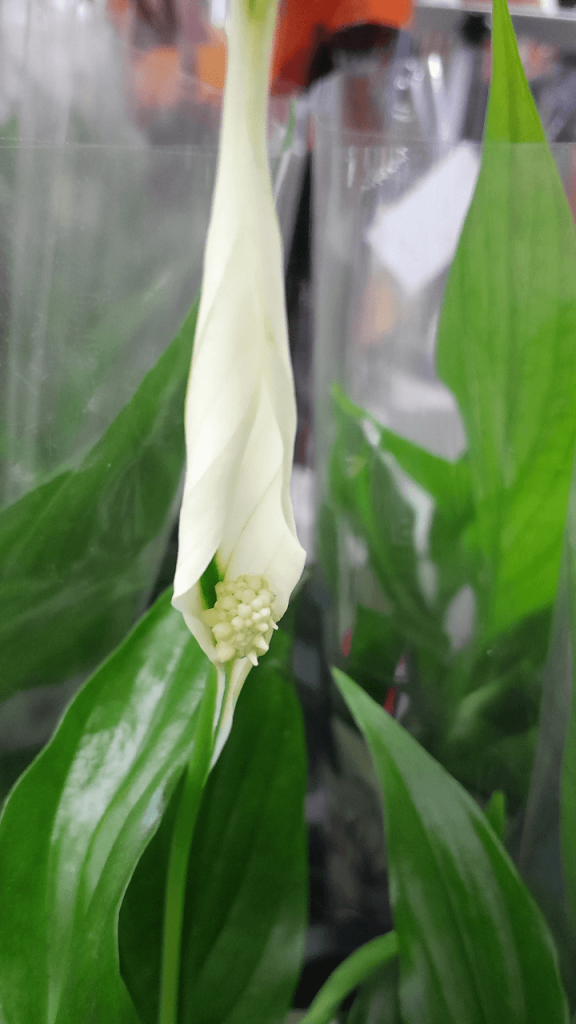
Brown leaf tips are a common issue that can occur with Peace Lilies, and they can be attributed to various factors. Overwatering, underwatering, and excessive exposure to direct sunlight are known culprits for the development of brown leaf tips in Peace Lilies.
To prevent the occurrence of brown leaf tips, it is crucial to ensure proper watering practices for your Peace Lily. Avoid overwatering by allowing the top inch of soil to dry out before watering again. Similarly, do not underwater the plant, as this can lead to dehydration and leaf damage. Providing the plant with the appropriate amount of filtered or indirect sunlight is also essential to avoid excessive sun exposure.
If brown leaf tips do appear, you can trim off the affected leaves using clean and sharp scissors. However, it is equally important to address the underlying causes of the issue. Adjust your watering routine to maintain the right moisture balance and ensure your Peace Lily is not exposed to direct sunlight for prolonged periods. By maintaining optimal care, you can keep your Peace Lily healthy and prevent the recurrence of brown leaf tips.
Yellowing Leaves
Yellowing leaves in Peace Lilies can be attributed to several factors, including overwatering, underwatering, and exposure to cold temperatures. These stressors can disrupt the plant’s normal physiological processes, leading to leaf discoloration.
To prevent yellowing leaves, it is important to maintain proper watering practices. Avoid overwatering by allowing the top inch of soil to dry out before watering again. Similarly, ensure that your Peace Lily is not underwatered, as this can also result in leaf yellowing.
Additionally, protect your Peace Lily from exposure to cold drafts or chilly temperatures, as they are tropical plants and prefer warmer environments.
If yellowing leaves do occur, you can trim off the affected leaves using clean and sharp scissors. Assess your watering routine and make adjustments as needed. Ensure that your Peace Lily is receiving adequate but not excessive light and water, and provide it with a suitable temperature range for optimal growth.
By addressing the underlying causes and providing proper care, you can help prevent and treat yellowing leaves, allowing your Peace Lily to thrive and display its vibrant green foliage.
Pest Problems
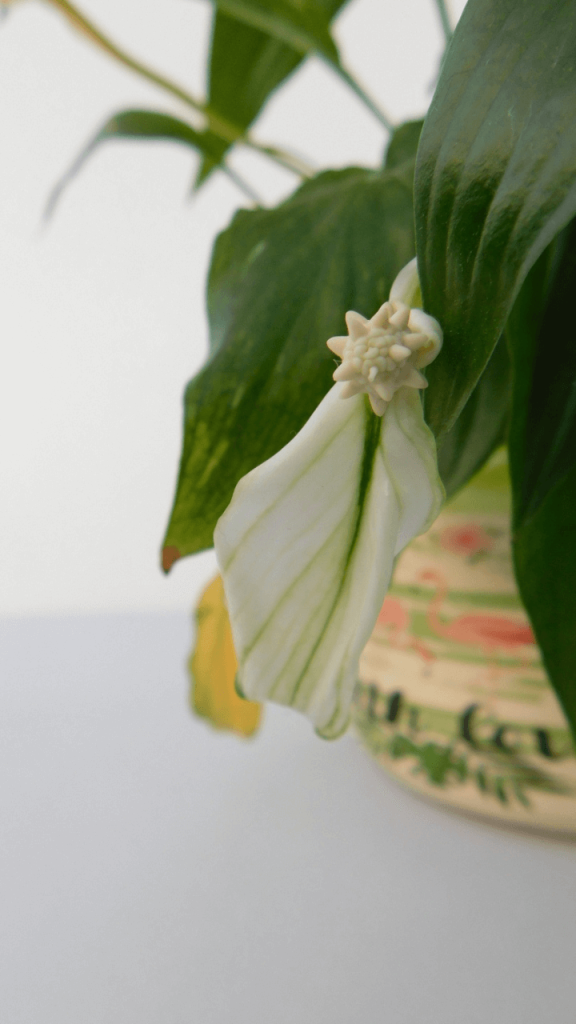
Peace Lilies are susceptible to infestations by common pests, including spider mites, mealybugs, and scale insects. These pests can cause detrimental effects on the plant’s health and appearance, leading to leaf discoloration, deformities, or stunted growth.
Preventing pest problems involves maintaining good plant hygiene. Regularly inspect your Peace Lily for signs of pests and promptly isolate any infested plants to prevent the spread. Keep the plant clean by gently wiping the leaves with a damp cloth to remove dust and debris, as pests are attracted to unclean surfaces.
In the event of a pest infestation, there are various methods to treat the problem. Natural remedies like neem oil or insecticidal soap can be effective in controlling pests. Dilute the solution as directed and carefully apply it to the affected areas, ensuring thorough coverage. Alternatively, manually removing the pests and affected plant parts can also help reduce the population.
By implementing preventive measures and promptly addressing pest problems, you can safeguard the health and vitality of your Peace Lily, allowing it to thrive in its indoor environment.
Peace Lilies in Different Settings
Peace Lilies, with their elegant appearance and adaptability, are an excellent choice for various settings, enriching the ambiance of both home and office environments. In office spaces, these plants serve as a visual and psychological breath of fresh air. Their lush green leaves and striking white blooms create a calming and inviting atmosphere, which can be especially beneficial in high-stress work environments. Studies have shown that the presence of plants like peace lilies in the office can enhance employee productivity, creativity, and overall well-being. They act as natural air purifiers, removing toxins and improving air quality, which is vital in often poorly ventilated office spaces.
In-home settings, peace lilies add a touch of elegance and tranquility. They can be used as focal points in living rooms, bringing a sense of peace and natural beauty. In bedrooms, their air-purifying qualities contribute to a healthier sleeping environment, and their moisture-releasing properties can be particularly beneficial in maintaining optimal humidity levels. Additionally, peace lilies are versatile in terms of interior design. They complement both modern and traditional décor, fitting seamlessly into various design schemes with their neutral color palette and timeless elegance.
The adaptability of peace lilies extends beyond just visual appeal. These plants are known for their resilience and ability to thrive in a range of lighting conditions, from low light typical of many office environments to the brighter light found in homes. This versatility makes them a popular choice for interior decorators and plant enthusiasts alike.
Conclusion
Peace Lilies are renowned for their ability to purify the air and enhance indoor air quality. Through a process known as phytoremediation, Peace Lilies absorb harmful toxins present in the air, such as formaldehyde, benzene, and carbon monoxide, and convert them into harmless compounds within their leaves and roots. This natural air purification ability of Peace Lilies helps create a healthier and more refreshing environment in homes and offices.
Having a Peace Lily offers a multitude of benefits beyond their stunning appearance. Firstly, their air-purifying properties make them a valuable asset in improving indoor air quality, reducing the presence of harmful toxins, and promoting a healthier living or working environment. Additionally, Peace Lilies have been observed to have a positive impact on our well-being, with studies suggesting that they can help reduce stress levels, enhance mood, and increase productivity and creativity. With their versatile beauty and multifaceted advantages, Peace Lilies are an excellent choice for enhancing both the aesthetics and the overall atmosphere of any indoor space.
FAQ About Peace Lilies
Yes, peace lilies are relatively easy to care for, making them great for beginners. They are resilient and can tolerate neglect to some extent, though they thrive best with consistent care.
Common issues include yellowing leaves (often due to overwatering or too much light), brown leaf tips (usually due to under-watering or low humidity), and lack of flowering (often due to insufficient light).
Yes, peace lilies can thrive in low light conditions, making them ideal for indoor environments. However, they do best in bright, indirect sunlight. If the leaves begin to yellow, it may indicate too much light.

